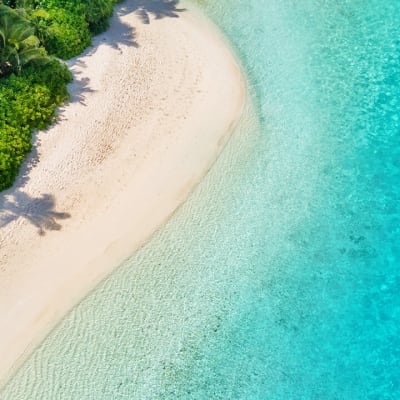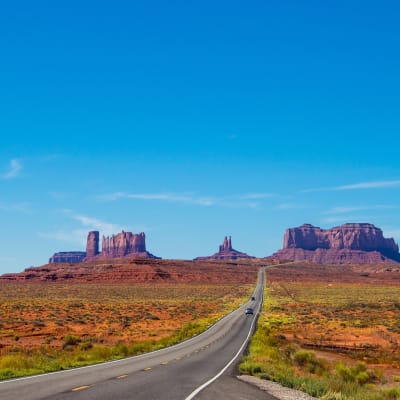Overview
This majestic landscape is home to some of the region’s most stunning wadis, dunes and mountains, with the Al Hajar Mountain range curving through the middle of the nation.
One of the most attractive draws of Oman is the people. A kind and compassionate population reside here, and they’re eager to show off their wonderful country. Further to this, it’s also an incredibly clean place to visit, so expect a beautiful country with a population who care about where they live.
A walk around Muscat or Salalah might be soundtracked by haggling locals and the senses are bombarded by colourful wares, wafting frankincense and pots of delicious homemade cooking. Wherever you happen to be in Oman, you’re never far from somebody eager to show you what they love about their proud nation.
While Muscat is by far the most popular area for tourists to visit, there are many other wonderful cities here well worth your time. The ancient city of Nizwa, in the interior, is home to 17th century forts that appear as though they were built yesterday, still retaining their character and history hundreds of years later. Nizwa Souq is the number one destination to collect your souvenirs with hundreds of beautiful ornaments, jewellery, clothing and food available for sale. Also, walks around the mountains may unearth secret waterfalls, pools and jaw-dropping landscapes.
In the south of Oman, you’ll find the geographical marvel of The Khareef. This annual monsoon transforms the vast desert into a lush landscape of green valleys and waterfalls seem to appear out of nowhere. It stands as one of the great wonders of the natural world.
When To Visit
Whenever you visit Oman, you can expect a warm, dry climate. In the north, the summers are hottest, and temperatures can climb above forty degrees. If this is too hot for you, we’d recommend visiting between October-February.
In Salalah, in the south, it can be a little milder with the monsoon season occurring between June and September and the winter months (October-March) often hovering at around 30 degrees Celsius.
Food & Drink
Traditional Omani food is quite similar to the food served in the United Arab Emirates in that it’s heavily rice-based, full of flavour and absolutely delicious. Even the most basic traditional dishes, like Majboos and Harees, are full of incredible spices and left to cook for a long time so that the flavours fully imbibe with the meat or rice that it’s served with.
No trip to Oman would be complete with a daily cup of Kahwa (coffee in Arabic). Coffee here is known for its delicate flavour, and it’s often mixed with cardamon powder, which gives it a refreshingly fruity character.
Passport & Visas
You will need a visa to enter Oman and visit visas are available on arrival at the airport. It is recommended to apply for one before travelling, however.
Some form of identification should be carried with you at all time, as well as a photocopy of your passport. A tourist visa will be required on arrival. For more information, visit https://www.gov.uk/foreign-travel-advice/oman/entry-requirements.









